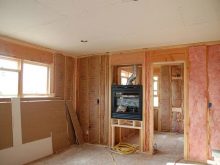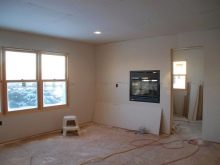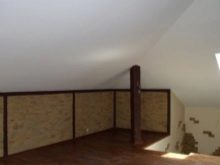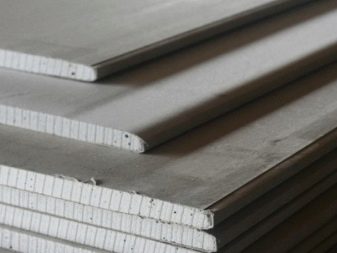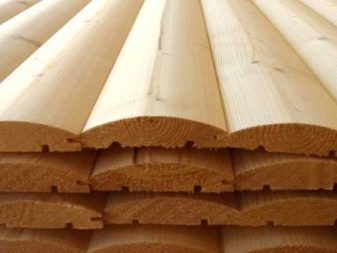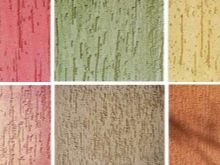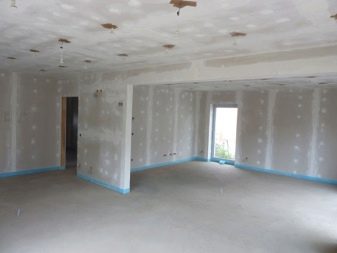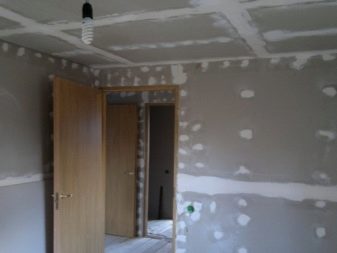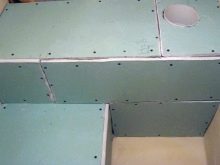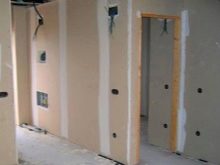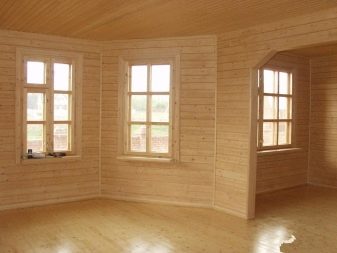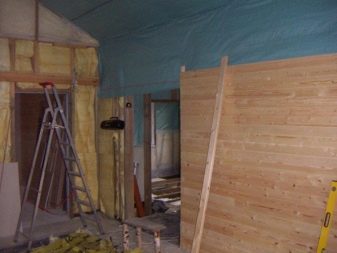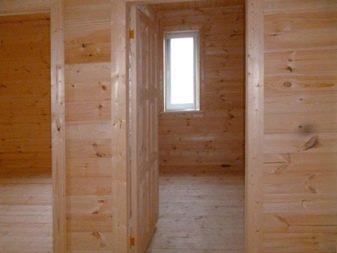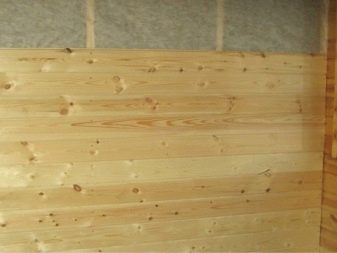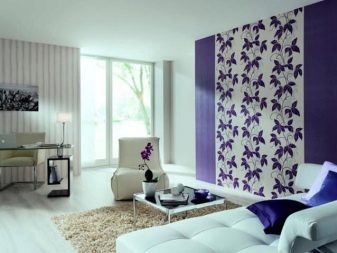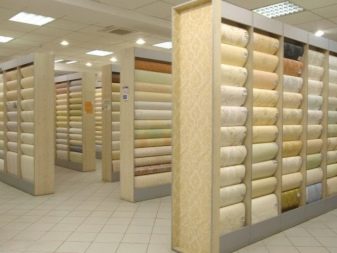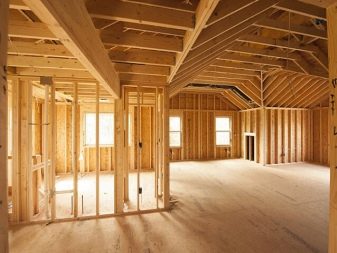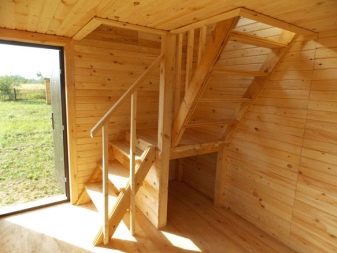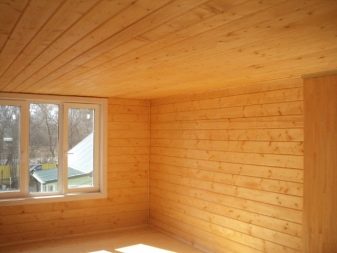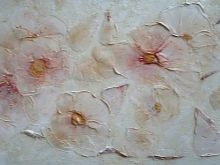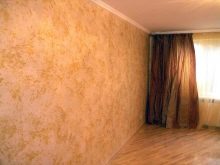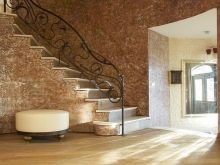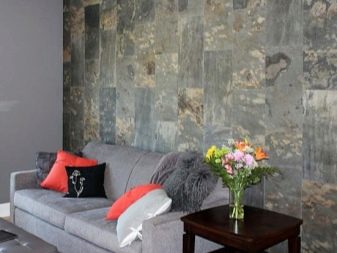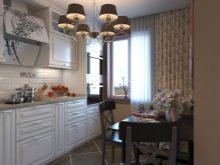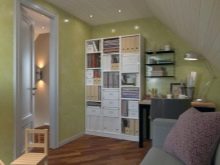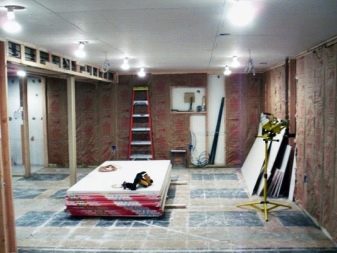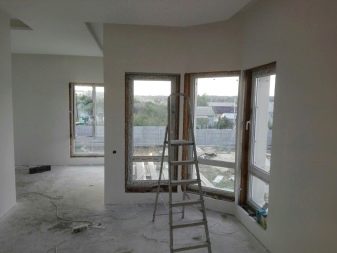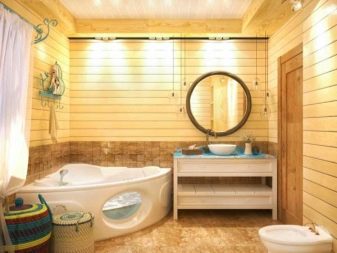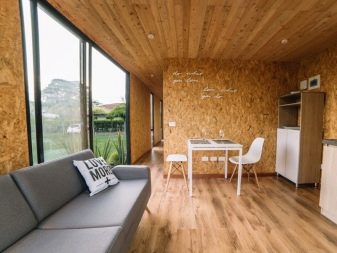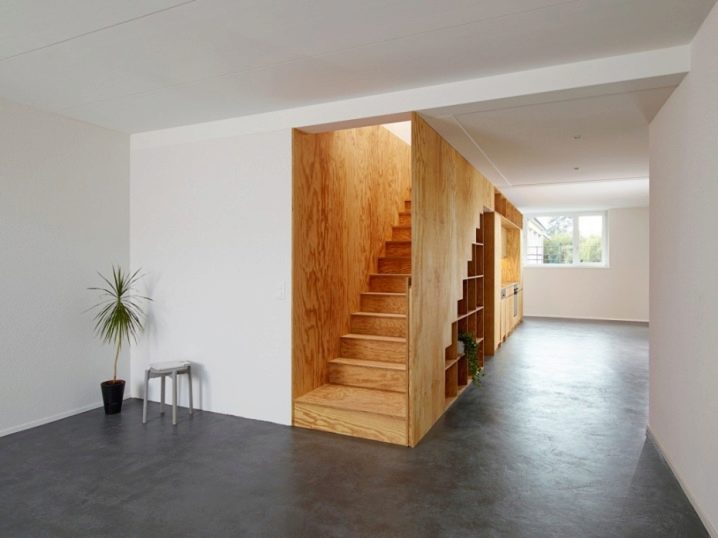The subtleties of the interior trim frame house
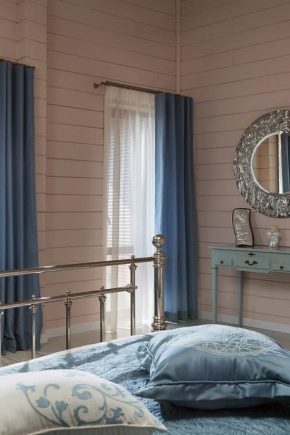
After the construction of the house on the frame technology begins the stage of finishing works. First, a rough finish of floors, walls and ceilings, for example, oriented strand boards or gypsum plasterboard, is made. In the future, finishing materials are applied to them: plaster, wallpaper, tile, wall paneling, plank board, etc.
For rough and fine finish, there is a choice between alternatives. Each of them has its own specifics, appropriate to the specific conditions of operation.
The task is to choose the best option, you should not pay for the outstanding properties of the material, if they are not used.
Special features
Interior finishing works consist of two main parts: draft and finishing. The first is the choice of material for wall cladding, their insulation, screed floors, installation of window systems and doors, slopes for them.
Internal walls can be sheathed:
- drywall;
- wood plates, for example, OSB.
After this, the final facing begins, the following materials will be suitable for it:
- lining;
- wallpaper;
- decorative plaster;
- ceramic tile;
- flexible stone, etc.
Properly and beautifully lined with a brick, sheathing skeleton carcass is also quite popular today. This is ideal, for example, to give. You can also use DSP and other materials.
Materials
When selecting a material, it is important to take into account the specifics of the room: what it is intended for and what the operating conditions will be.
Drywall
The material, which allows to achieve perfect flatness and smoothness of the walls, is distinguished by an acceptable price, but withstands weak loads.
With the help of drywall, it is easy to create various sides, protrusions and other embossed decorative elements.
Other features of GCR include the following points:
- relative ease simplifies finishing work, the material does not load the structure;
- perfectly hides the roughness of the surface being trimmed;
- can not be used for flooring;
- weak moisture resistance (except for a special subspecies);
- simple installation on the frame of the profile;
- inside the frame you can carry out communications: pipes and wiring, as well as to place additional insulation;
- short term decorating.
PCA
Material, somewhat similar to the GCR: it gives a smooth and even base for finishing finishing works, also favorably differs at an affordable price. The characteristic differences include higher strength and a much larger mass, which determines other requirements for the room and the building as a whole.
The features of oriented strand boards include:
- need more durable mounting tools, at least two people are needed for mounting them because of the significant weight of the sheet;
- can be used to cover any surfaces: walls, ceiling, floor;
- more moisture resistant than GCR, but still need additional varnish coating.
Imitation timber
The material has excellent operational and aesthetic qualities, it can act as both a rough and a fine wall finish.The main drawback is the relatively high price of the material.
So that the finish does not visually resemble lining, it is recommended to use panels with a width of more than 90 mm.
Other characteristic features of imitation timber include:
- excellent heat and noise insulation;
- outwardly indistinguishable from more expensive analogues: profiled and glued timber;
- does not shrink or crack;
- it is easy to assemble, one person can perform work, a reliable fastening system ensures the structural integrity of the wall;
- a huge number of wood species determines a wide selection of textures and shades with a characteristic pleasant smell;
- moisture resistance depends on the selected breed;
- price variability, there are both budget options with good qualities (pine, spruce, etc.), and expensive breeds with more impressive properties (oak, cedar, tropical species), while imitation of a bar is cheaper than shaped or glued analogues;
- resistance to temperature extremes;
- high flammability, the level of which can be reduced by flame retardant impregnation;
- susceptibility to fungal mold at high humidity may be reduced by antiseptic impregnation;
- requires constant updating of the protective coating - varnish;
- Swivel and corner elements have a higher cost.
Wallpaper
Finishing material that provides a wide choice not only for aesthetic diversity, but also for specific ones. Wall-paper on a various basis (paper, non-woven, vinyl and fiberglass) differ in operational features and are used for different specific environments in the room.
Features also include:
- a huge selection of external performance, including texture, color, pattern, width of rolls;
- easy installation does not require professional skills, can be done by one person.
Features by subspecies:
- paper vulnerable to moisture, have low wear resistance and durability, low price;
- vinyl resistant to mechanical stress, moisture-proof and durable;
- non-woven serve as an excellent basis for decorative coloring;
- fiberglass have high durability and fire safety uncharacteristic for wall-paper, well give in to coloring.
Clapboard
A product made of wood, characterized by a pleasant appearance and greater affordability than timber or its imitation.Suitable for all lovers of environmentally friendly materials and savings. Other properties of the wall paneling include:
- a wide range of wood species with a specific texture and shade;
- high resistance to abrasion and mechanical loads;
- the smell of wood has a positive effect on the mood and well-being of the residents;
- good noise and heat insulating properties;
- price variability: lining differs in cost not only in wood species, but also in grades, which makes it more affordable and allows it to be used even with low incomes;
- needs to be covered with a protective compound and its cyclic renewal;
- well combustible - weak fire safety, flame retardant impregnation may be reduced;
- susceptible to fungal mold, may be reduced antiseptic solution.
Plaster
Finishing decorative plaster fits well on the walls already finished with gypsum boards or OSB and creates a smooth surface with an excellent appearance.
The main properties of plaster include:
- wide range of colors and shades;
- resistance to temperature changes;
- good moisture resistance;
- non-porous structure enhances thermal insulation, but complicates the natural ventilation of walls;
- if you want to redo the finish, the high strength of the material will be a minus, its dismantling will require great effort.
Ceramic tile
Classic finishing material with excellent decorative qualities. You can also highlight such characteristic features:
- a wide range of colors, patterns and textures of the product;
- full waterproofing and immunity to direct ingress of water;
- durability;
- full naturalness of the components;
- high resistance to pressure and abrasion;
- vulnerability to shock loads;
- high-quality styling requires hiring a specialist;
- complexity when facing round and turning surfaces.
Flexible stone
Modern material, imitating the natural analogue, it is flexible and plastic, and its texture is fully consistent with the original and just as beautiful. Implemented in the form of plates and wallpaper. Other features of the flexible stone are:
- high resistance to abrasion, pressure and shock loads;
- environmentally friendly composition;
- may cover surfaces with complex geometry;
- processed and mounted easier than analogue;
- durable, but inferior to the original.
Design
For cladding residential premises, you can use the entire list of finishing materials.
- When finishing the kitchen its specifics should be taken into account: high humidity and pollution in the cooking zone, so for an “apron” it is better to choose a water-resistant and easily washable material, for example, ceramic tile, flexible stone, and plaster.
- For bathroomcharacterized by high humidity, all the same tile will suit, plaster with subsequent painting with a moisture-proof vapor-permeable type of paint: rubber, vinyl or acrylic.
- For the nursery resistant to abrasion and impact resistance, safe, cleanable materials will be appropriate: for walls laminate or lining with painting, decorative plaster, on the floor - linoleum, parquet, laminate.
How to do it yourself?
If you choose the option of finishing the house with your own hands, you need to follow a certain method in order not to complicate the process by wasting time and expenses for rework.
- Interior decoration should be progressive: it is necessary to move from one completed room to the next. To finish all the rooms at the same time inconvenient and impractical.
- Renovation of premises begins at the far end of the house far from the door and moves in their direction. Such a sequence is associated with the need to take out the garbage, and, accordingly, dust and dirt, if you start from the door ready rooms quickly get dirty.
- It is necessary to begin finishing work only after laying all communications: pipes, wiring, ventilation ducts and other things.
- Finishing is done “from top to bottom”: first the ceiling, then the walls, then the floor. This is due to falling debris: if you start from the floor, then when you finish the ceiling, the flooring and walls will get dirty. The only exception is suspended ceilings, they are mounted last.
- All surfaces that are not related to the front of finishing works at this stage should be covered with a film to protect against debris. Thus, in the future you will not have to clean them from excessive pollution. Of course, the finished surface is primarily concerned.
The duration of finishing work depends on several factors:
- type of finishing works: paint the gypsum board much faster than to finish the walls with a board under the timber, and then varnish it;
- availability of building materials: if they are not pre-purchased for the entire scope of work, delays may occur during delivery, absence of the necessary items from the warehouse, etc .;
- financial security;
- other nuances.
In continuous operation, finishing the house area of about 40 square meters. m takes a month, for an area of 60 square meters. m this period is extended to 1.5-2 months and so on. Starting the decoration with your own hands, it should be borne in mind that this is the time for permanent work, the time for which may not be, and then the finishing will be delayed for years. An alternative solution is to hire a brigade of workers, which will reduce the time several times.
Tips
In the process of finishing there are many subtleties that affect the result, here are some of them.
- Using wooden elements that fall under the painting and toning, you need to consider their tendency to expand. If you paint already installed panels, then when expanding, unstained areas may appear. It is better to apply the composition before installation.
- The house on a wooden frame is vulnerable to moisture, so in the bathroom it is better not to install a shower area without a pan. When installing a bath, it is better to cover the floor with a tile for complete waterproofing from splashing water.
Beautiful examples
- Insolence and avant-garde. The walls, finished with OSB without further coverage, create a bright interior with an interesting non-uniform pattern.Unusual aesthetics is accompanied by cost savings. The fashion for such a finish is gaining momentum.
- Natural wall. Finishing the inner walls of the board under the beam allows you to create a monolithic interior with beautiful aesthetics. Decorative beams are tinted in a dark contrast color and highlight the bright colors of the finish. The ceiling is sheathed with clapboard and painted in a light color or covered with a matte varnish.
- Combined design. The combination of painted plasterboard sheets for wall cladding and wood-based panels will create a minimalist design, where a bright color perfectly highlight the beauty of wood material. The number of wooden elements in the finish is very variable and depends on personal preferences. A beautiful option is paneling small protrusions and transitions, as well as the contours of the room, and the rest of the planes - painted drywall.
Interior trim frame house shown in the following video.
